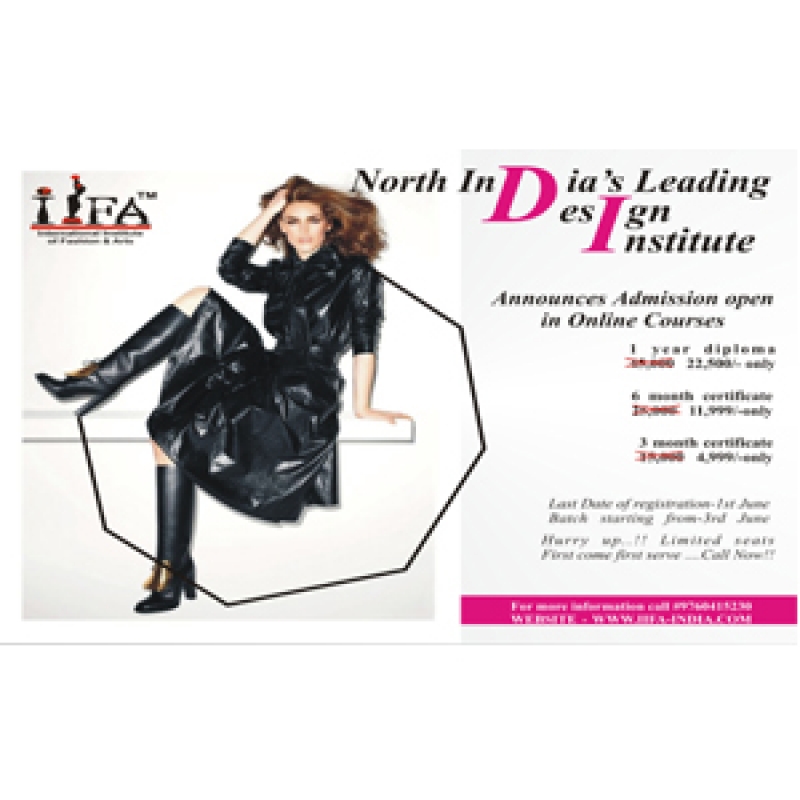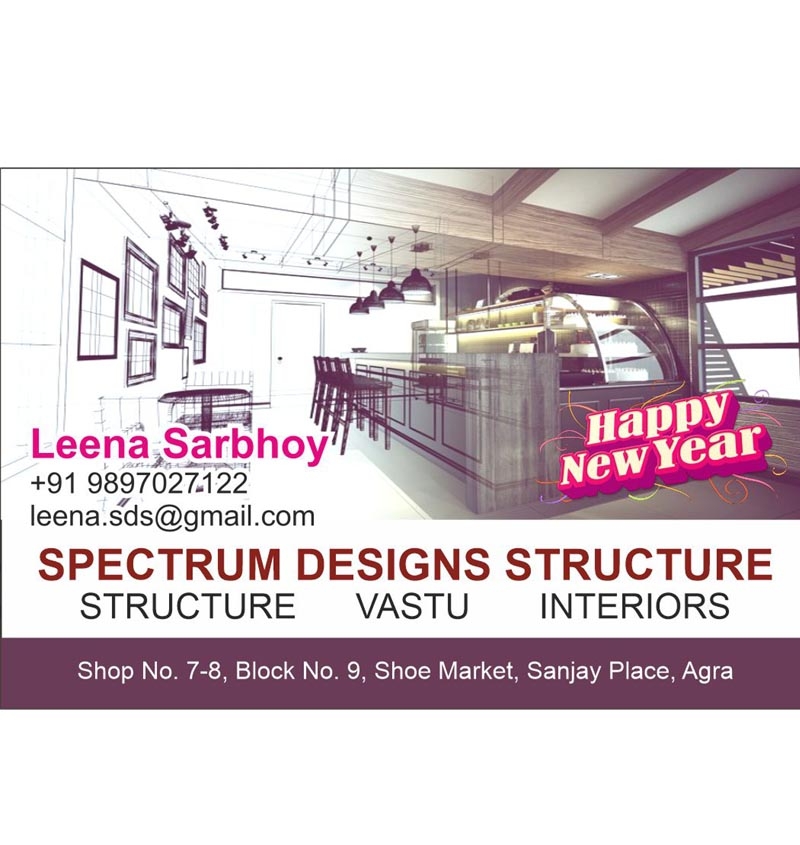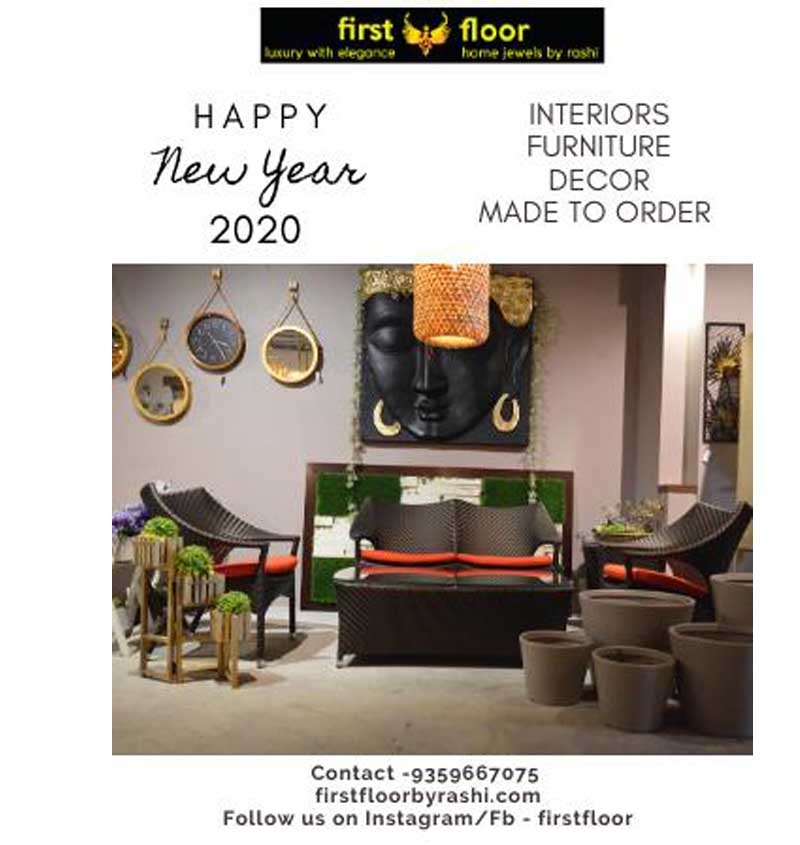1. Defining Modern Interior Design
Modern interior design is often confused with contemporary design, but there is a key distinction. While “contemporary” refers to the design trends of the present moment, “modern” specifically refers to a design style that emerged in the early-to-mid 20th century, particularly in the 1920s to 1950s. The modern style was influenced by movements like the Bauhaus and the International Style, which rejected traditional decorative elements in favor of clean, functional, and utilitarian designs.
Key features of modern interiors include the use of industrial materials such as steel, glass, and concrete, as well as an emphasis on open floor plans, functional layouts, and the use of natural light. Modern design also promotes the idea that form follows function, meaning that every piece in a room should serve a purpose.
2. Simplicity and Minimalism
One of the most defining characteristics of modern interiors is simplicity. Modern design favors clean lines, uncluttered spaces, and a lack of ornamentation. The goal is to create environments that are visually serene and free of distractions. This minimalist approach allows for a sense of calm and order, focusing attention on the key elements of the space.
Furniture in modern interiors tends to have simple, geometric shapes and is often crafted from high-quality materials. The use of bold, functional pieces, such as sleek sofas, low-profile coffee tables, and minimalist shelving, allows for an efficient and tidy environment. Excessive decoration is avoided in favor of pieces that are aesthetically pleasing but also highly functional.
3. Neutral Color Palettes
Modern interiors often utilize neutral color palettes, with shades of white, gray, beige, and black dominating the design. These colors create a timeless and versatile backdrop for the space. Neutral tones are preferred for walls, flooring, and large furniture items to maintain a sense of simplicity and sophistication.
However, this doesn't mean that modern interiors are devoid of color. Accents of vibrant hues such as mustard yellow, deep blue, or emerald green are often used in accessories like throw pillows, art pieces, and rugs, adding personality and warmth to the space. This interplay between neutral tones and colorful accents allows for a balanced and harmonious look that avoids overwhelming the senses.
4. Open and Airy Layouts
One of the main principles of modern interior design is creating open, airy spaces that encourage a flow of movement and natural light. Walls that divide spaces are minimized or eliminated in favor of open floor plans, especially in living areas. This design choice is rooted in the belief that openness promotes a more relaxed, free-flowing environment that is conducive to both socialization and relaxation.
In modern interiors, spaces often blend seamlessly, with the living room, dining area, and kitchen flowing together as one cohesive unit. This open layout not only enhances the sense of spaciousness but also allows for greater flexibility in how rooms are used and arranged.
5. Emphasis on Natural Light
Natural light is a central element of modern interiors. Large windows, sliding glass doors, and open spaces are key features that allow light to flood into the room. The goal is to connect the interior space with the outdoors, blurring the lines between the two and creating an environment that feels open and connected to nature.
Incorporating natural light into modern interiors is also a way to promote wellness and energy efficiency. Sunlight can improve mood, productivity, and health, while also reducing the need for artificial lighting during the day. When windows are not enough, strategically placed mirrors, light-colored walls, and reflective surfaces can help bounce light throughout the space.
6. Sustainable and Eco-Friendly Design
As sustainability becomes an increasing priority in modern living, eco-friendly design elements are becoming more prevalent in modern interiors. The use of renewable and natural materials such as wood, bamboo, and stone not only aligns with modern aesthetics but also supports a commitment to environmental responsibility.
Sustainable furniture, energy-efficient appliances, and eco-friendly paints are common features in modern interiors, allowing homeowners to reduce their environmental impact while maintaining a stylish and comfortable space. Additionally, indoor plants are often used to add life and color to a room while improving air quality, further enhancing the sustainability of the design.
7. Technology Integration
Modern interiors are deeply influenced by advancements in technology. The integration of smart home features, such as automated lighting, climate control, security systems, and entertainment, is a natural fit for modern design, where functionality and convenience are key priorities.
Incorporating smart technology into the home allows for seamless control of the environment and greater customization to meet individual needs. For example, smart thermostats can adjust the temperature based on the time of day, while voice-activated assistants like Alexa or Google Home can control everything from lighting to music with ease.
8. Quality Materials and Craftsmanship
Modern interior design places a strong emphasis on the quality of materials used in the space. High-end finishes such as polished concrete floors, smooth steel surfaces, and glass elements are often chosen for their clean aesthetic and durability. The idea is to invest in timeless, well-crafted pieces that will stand the test of time, both in terms of style and function.
Furniture pieces are often made from natural materials like wood, leather, and metal, offering both beauty and longevity. Even though the design is minimalist, the attention to detail and craftsmanship is evident in every element of the space, elevating the overall aesthetic and feel.
9. Art and Accessories as Statement Pieces
While modern interiors embrace minimalism, they also allow for the inclusion of carefully chosen artwork and accessories. Modern art, sculptures, or statement light fixtures often serve as focal points within a room, drawing attention and adding personality to the space. These items should still align with the overall aesthetic, keeping in mind the importance of simplicity and restraint.
Often, modern interiors incorporate large-scale art pieces that serve as visual anchors within an open layout. These art pieces provide color and texture without overwhelming the space, ensuring that they complement the design rather than compete with it.
Conclusion
Modern interiors represent a harmonious balance of style, function, and simplicity. By focusing on clean lines, minimalism, open spaces, and a connection to nature, this design style creates environments that are both beautiful and highly functional. The modern approach to interior design reflects contemporary values, prioritizing sustainability, technology, and thoughtful design choices that cater to the needs of the modern homeowner.
Whether you're renovating a single room or designing an entire home, embracing modern interior design principles can help create a space that feels spacious, calm, and effortlessly stylish, providing a foundation for a comfortable and modern lifestyle.



















Your Message